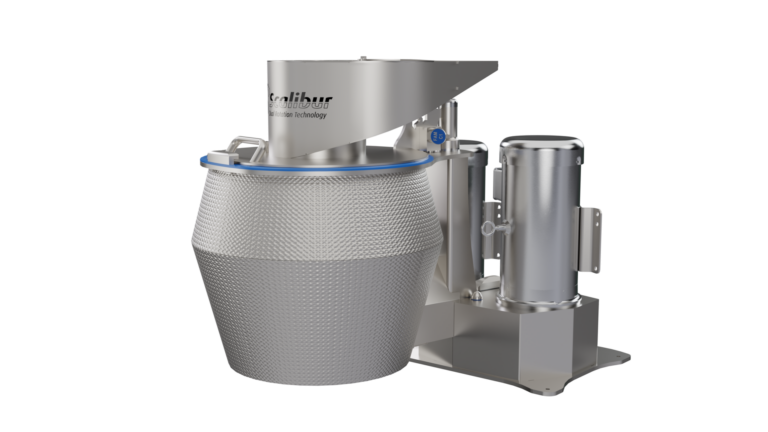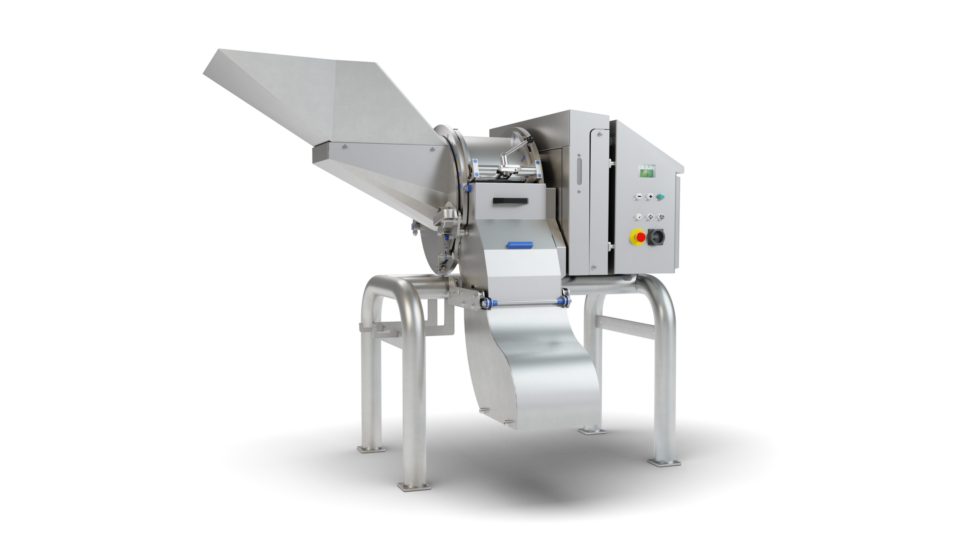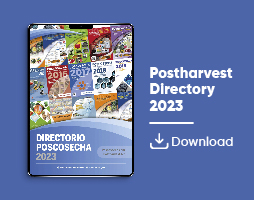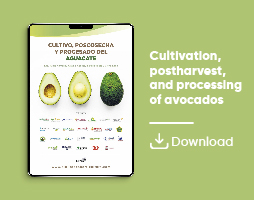Processing
Challenges in plant-based cheese cutting
The interest in plant-based cheese products as an alternative to natural cheese products is increasing, with the global market for such products growing at a compound annual growth rate of 7.6% from 2016 to 2024, and it is expected to reach a value of almost 4 billion by 2024. Cheese substitutes or imitations generally are products that are intended to partly or wholly substitute or imitate cheese, and in which milk fat, milk protein, or both, are partially or fully replaced by non-milk-based alternatives, principally of vegetable origin.
25 May, 2022
The interest in plant-based cheese products as an alternative to natural cheese products is increasing, with the global market for such products growing at a compound annual growth rate of 7.6% from 2016 to 2024, and it is expected to reach a value of almost 4 billion by 2024. Cheese substitutes or imitations generally are products that are intended to partly or wholly substitute or imitate cheese, and in which milk fat, milk protein, or both, are partially or fully replaced by non-milk-based alternatives, principally of vegetable origin. When manufacturing, or even before when designing cheese analogs, manufacturers must not only look at appearance, utilization properties (e.g. meltability), and taste but also at textural behavior mainly machineability characteristics. As there is no casein network in plant-based cheeses and they are rather a colloidal system, their machineability characteristics are often unknown and difficult to predict until one has a final product at hand. Therefore, the R&D applications department of FAM is closely working with research centers as well as manufacturers to better understand the textural behavior of plant-based cheeses and to provide input on their formulated cheeses and whether they can be further processed. Cheese analogs that have to be shredded, grated, or sliced should not have smearing or crumbling characteristics if they are to pass processing equipment in order to end up as an acceptable finished product. While such characteristics have to be managed by the manufacturer, the machine supplier can help by adjusting its technology to the cheese analogues. "We can work with a combination of parameters like temperature, speed, special cutting tools, different knife materials and the like", says Dr. Sedaghat Doostç, Food Process Engineer at FAM In the end, the FAM cutting machines evolve with the market trends, even if the latter set a series of new challenges. The FAM R&D department is continuing to set up collaborations in order to gain further knowledge in these products for the future.












